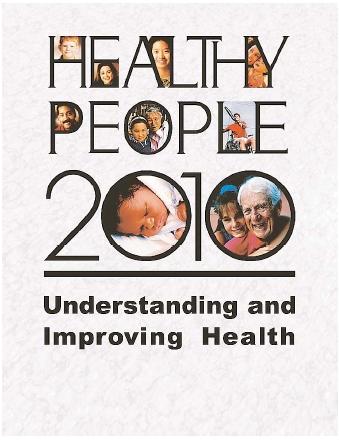
WEEK 13:
On Tuesday we watched a little video called the story of stuff. It talked about the process that the things we use goes through to get to us and where it goes when we are done with it. It was really interesting I had no idea that there were so many processes that go into making some of the things we use . The video took us through the extraction to sale, when we use it and when we throw it away or dispose of it. It also informed us on what is hidden from our view such as how all the stuff in our lives affects the communities in our towns and abroad. It really opened my eyes up to the process of making things, and how it affects not only where we live but other countries. Some of the terms that were mentioned in the video included:
Extraction: taking the planets resources--wood, minerals, coal, fossil fuel, water, plants, animals, and soil out of the earth and starting their journey through the materials economy.
Production: In the production stage, we use energy to add toxic chemicals to the natural resources to make toxic products.
Distribution: involves transporting and selling all the stuff quickly and cheaply.
Consumption: our choices at the supermarkets, are pre-determined and limited by political and institutional forces beyond the store.
Disposal: Virtually all the resources flowing through the materials economy eventually end up as waste to be disposed somewhere, usually dumped or burned or recovered for recycling. Recycling can solve the growing volume and toxicity that our environment is experiencing.
We also had a Advocacy Project due this day, in which we were to take our issue that we choose and conduct an overview on it. It was interesting to reflect and research all the information that was related to your topic and learn more about it.
On Thursday we took a class field trip and headed over to Bagley Nature Area. While at Bagley we did a navigation activity. We learned how to use compasses (which was very useful for me to learn considering I have a slight problem with directions) and we were to find different flags that took us along a trail. I really enjoyed the activity it was a lot of fun to get out of the classroom and do something outside.
 WEEK 14: On Tuesday we had a shorter class. We had a graduate student in UMD's Enviromental Health and Safety Master's Program come talk about his career and what he is currently doing in the environmental field. We also had another advocacy project due. We were to write a letter to our public representative and inform him/her on the bill we choose for our Healthy People/Thomas assignment.
WEEK 14: On Tuesday we had a shorter class. We had a graduate student in UMD's Enviromental Health and Safety Master's Program come talk about his career and what he is currently doing in the environmental field. We also had another advocacy project due. We were to write a letter to our public representative and inform him/her on the bill we choose for our Healthy People/Thomas assignment.
On Thursday we had a "junking" day, we had strange objects that Dr. V collected from different places and we were put into our blogging groups to come up with repurposing ideas for the objects. It was interesting to see all the ideas that people came up with, some were really creative!! It was really fun to interact with out groups and get out of the normal classroom setting. Overall it was a really fun couple of weeks!!! I can't believe its almost over....











